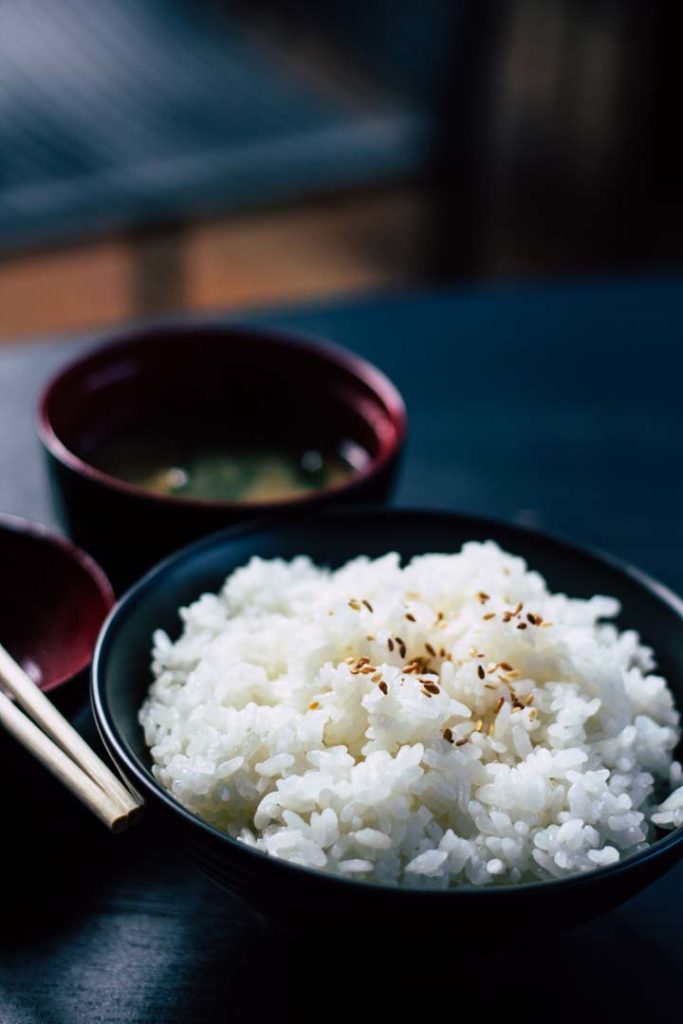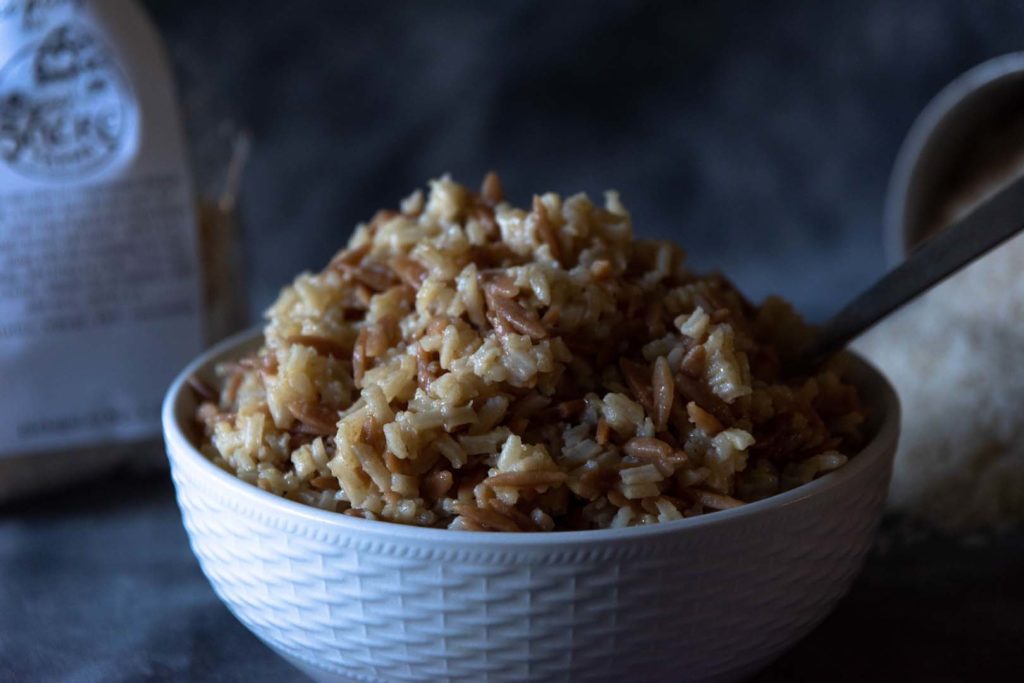White rice is the most commonly consumed type, but brown rice is widely recognized as a healthier option. Many people prefer brown rice for this reason. This article looks at the benefits and drawbacks of both varieties.
All rice consists almost entirely of slow acting carbs, with a little protein and practically no fat. Brown rice is a whole grain, containing all parts of the grain, including the fibrous bran, the nutritious germ, and the carb-rich endosperm.

White rice, on the other hand, has had the most nutritious parts of the grain removed– the bran and germ, leaving the white rice with very few essential nutrients and not very healthy
Brown rice is rich in fiber and antioxidants, as well as a lot more important vitamins and minerals than white rice. White rice has been bleached using the same bleaching agents that are used when bleaching our clothes.
The following is a nutrient comparison between white and brown rice.
- Thiamine: Brown has 6% of the RDI, while white has just 1%.
- Niacin: Brown has 8% of the RDI, while white has 2%.
- Vitamin B6: Brown has 7% of the RDI, while white has 5%.
- Manganese: Brown has 45% of the RDI, while white has 24%.
- Magnesium: Brown has 11% of the RDI, while white has 3%.
- Phosphorus: Brown has 8% of the RDI, while white has 4%.
- Iron: Brown has 2% of the RDI, while white has 1%.
- Zinc: Brown has 4% of the RDI, while white has 3%.
The Downside
Brown Rice Contains Antinutrients and May Be Higher in Arsenic
Antinutrients are plant compounds that may reduce your body’s ability to absorb certain nutrients.
Brown rice contains an antinutrient known as phytic acid, or phytate.
It may also contain higher amounts of arsenic, a toxic chemical.
Phytic Acid reduces your body’s ability to absorb iron and zinc from the diet. Over the long term, eating phytic acid with most meals may contribute to mineral deficiencies. It’s very important to have a varied nutritional program to avoid this condition.
Arsenic
Brown rice may also be higher arsenic a toxic chemical, a heavy metal that is naturally present in the environment. A significant amount of arsenic has been identified in rice and rice-based products and long-term consumption may increase the risk of chronic diseases including cancer, heart disease and type 2 diabetes. So eating rice in moderation is a good idea.
The Upside
Brown rice is high in magnesium and fiber, both of which help control blood sugar levels. Eating brown rice may help lower blood sugar levels and reduce the risk of type 2 diabetes. White rice, on the other hand, may actually increase the risk of type 2 diabetes. Simply replacing white rice with brown has been shown to lower blood sugar levels and decrease the risk of type 2 diabetes.

Heart Disease Risk Factors
Brown rice contains lignans, plant compounds that can help protect against heart disease. Lignans have been shown to reduce the amount of fat in the blood, lower blood pressure and decrease inflammation in the arteries.
An analysis of 285,000 men and women found that eating an average of 2.5 servings of whole-grain foods each day may lower heart disease risk by almost 25%.
The bran of brown rice also contains many powerful antioxidants. Studies show that due to their antioxidant levels, whole grains like brown rice can help prevent chronic diseases like heart disease, cancer and type 2 diabetes.
Weight Control
Eating brown rice instead of white may also significantly reduce weight, body mass index (BMI) and circumference of the waist and hips.
In another study, researchers followed more than 74,000 women for 12 years and found that women who consumed more whole grains consistently weighed less than women who consumed fewer whole grains.
Brown rice is the best choice in terms of nutritional quality and health benefits.
© Copyright – Hector Sectzer

















